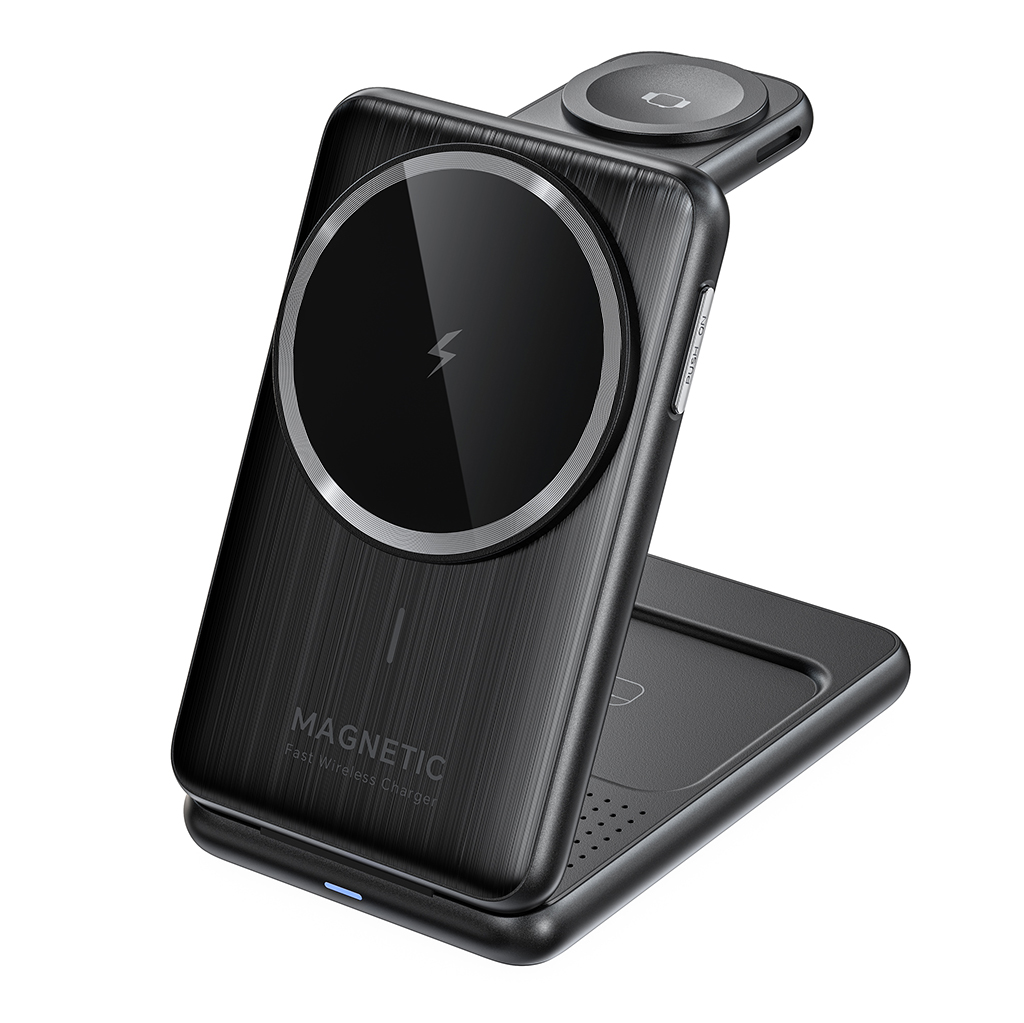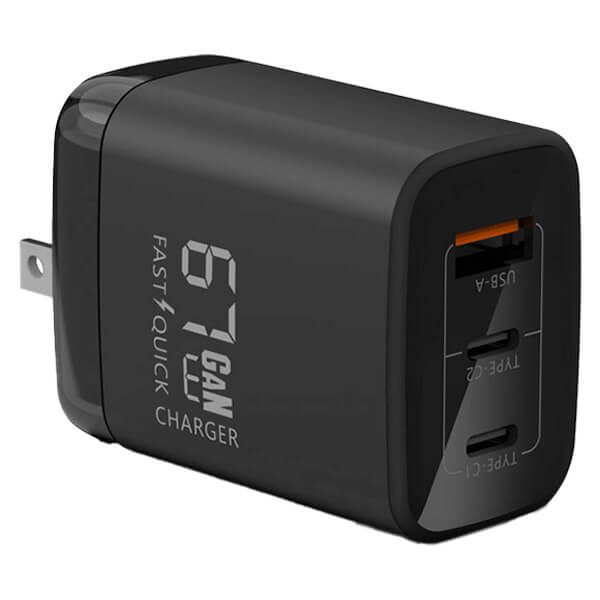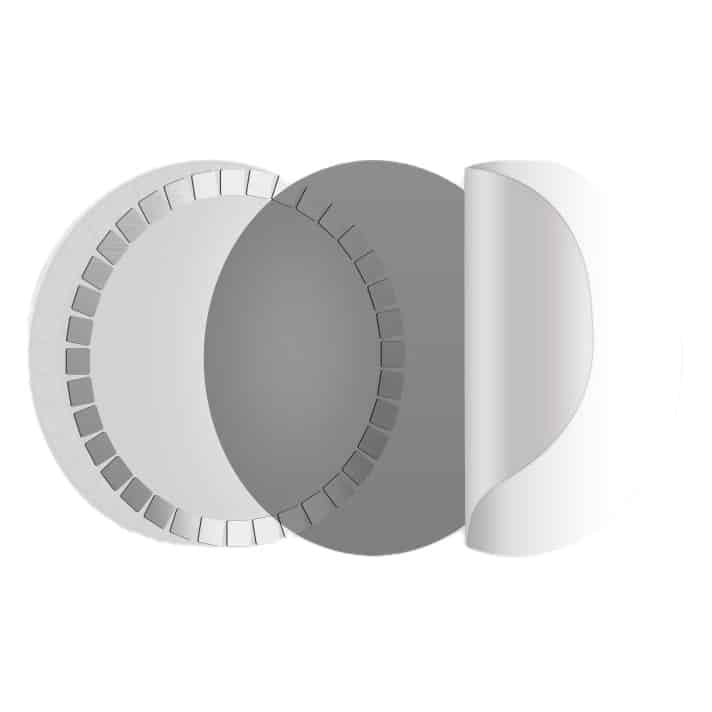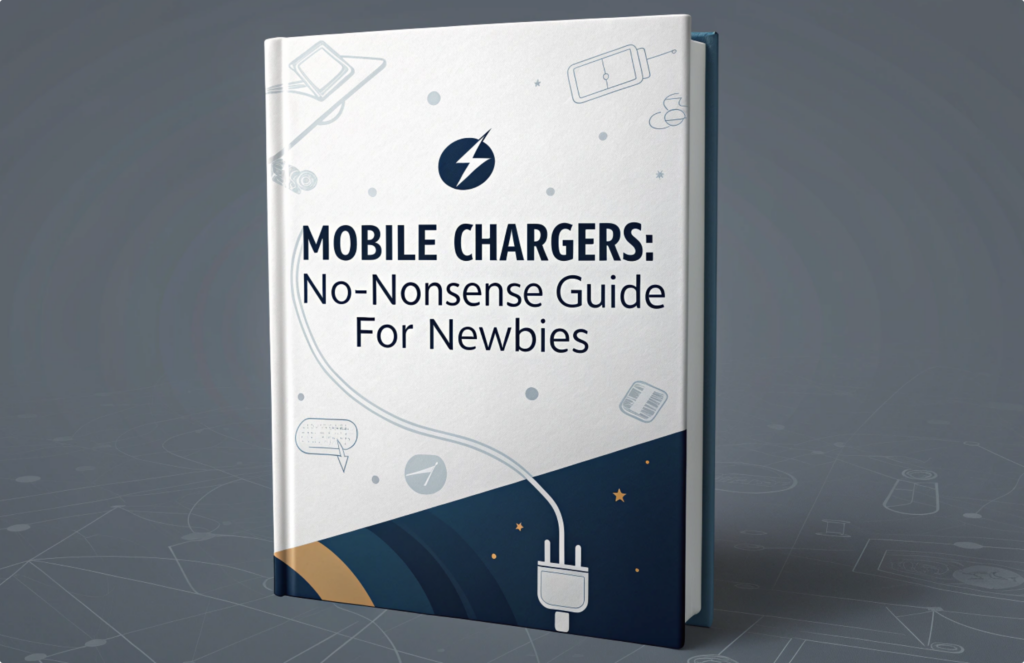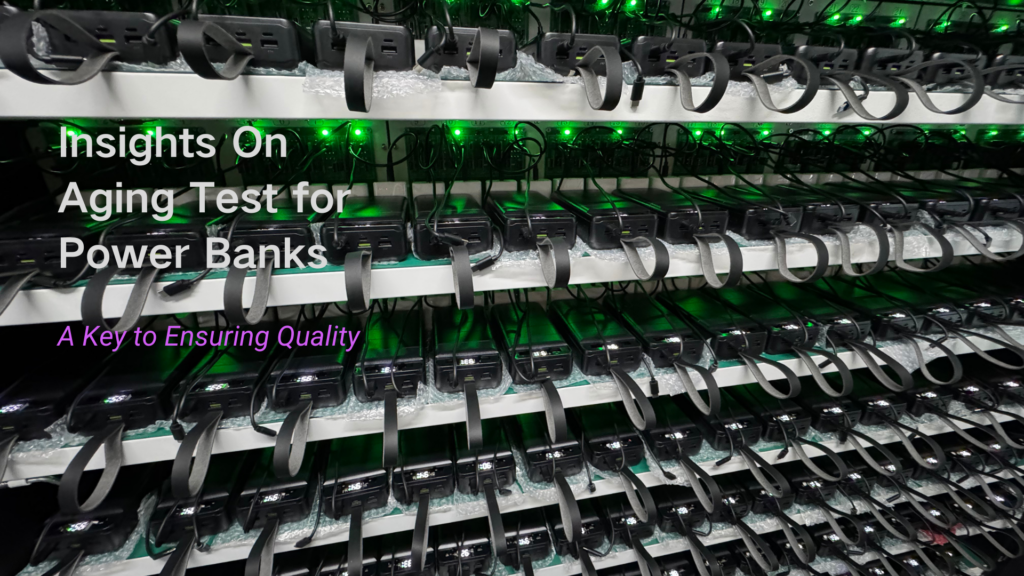Are you tired of worrying about your phone exploding? Do you dream of a world with safer, longer-lasting batteries?
Yes, solid-state batteries are not only possible, but they’re actively being developed! They promise improved safety, higher energy density, and longer lifespans compared to traditional lithium-ion batteries. Some are even designed to handle thousands of charge cycles.

But, creating these batteries is very difficult. Let’s explore the potential of solid-state batteries!
What Are the Disadvantages of Solid-State Batteries?
Are solid-state batteries perfect? What are their problems?
Solid-state batteries have some disadvantages. These include higher production costs, challenges in manufacturing at scale, and potential issues with the interface between the solid electrolyte and the electrodes. Scaling up production is especially tricky.
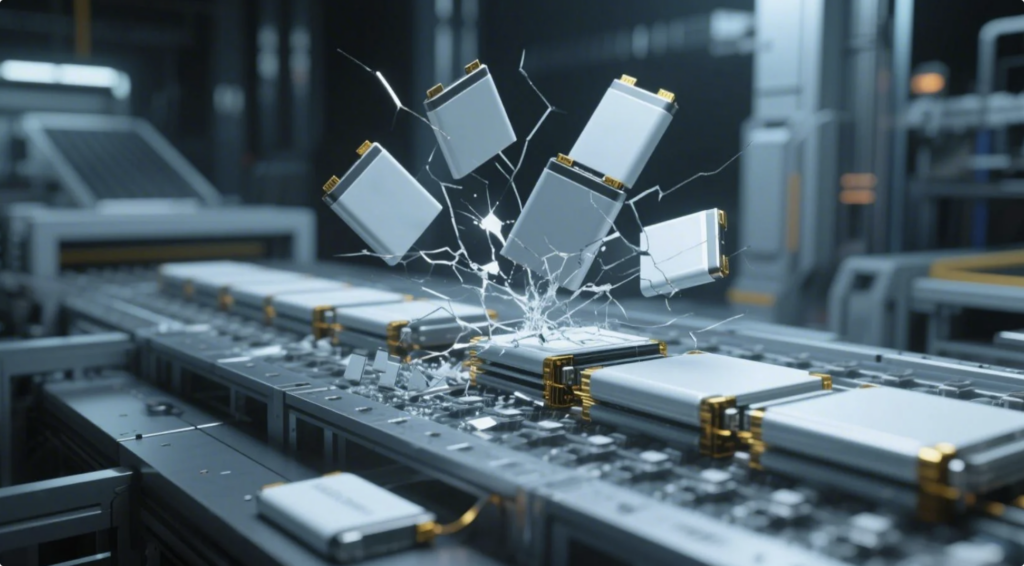
Dive Deeper:
Solid-state batteries replace the liquid electrolyte found in lithium-ion batteries with a solid material. This change offers many benefits, but it also introduces new challenges. Here’s a breakdown:
| Disadvantage | Explanation |
|---|---|
| High Production Costs | The materials and manufacturing processes for solid-state batteries are currently more expensive than those for lithium-ion batteries. The creation of high-purity solid electrolytes and their integration into battery cells requires advanced and costly equipment. As an example, a 20 Ah cell was estimated at $100,000 in 2012, making it unaffordable for most uses. |
| Manufacturing Challenges | Mass production of solid-state batteries is difficult. Maintaining consistent contact between the solid electrolyte and the electrodes during charging and discharging is very important. Cracks or gaps can form, reducing performance and lifespan. |
| Interface Issues | The interface between the solid electrolyte and the electrodes can cause problems. High resistance at this interface can limit the flow of ions, reducing the battery’s power and efficiency. Overcoming this resistance requires careful material selection and surface treatment. |
| Recycling Concerns | Recycling solid-state batteries is also a challenge. There are no established recycling methods yet, which could lead to environmental harm because of chemicals like lithium. |
Although solid-state batteries have many benefits, these problems need to be addressed. Research and development are ongoing to solve these problems. With time, solid-state batteries may become cheaper and easier to produce.
What Is the Difference Between Solid-State and Semi Solid-State Batteries?
Is there only one type of solid-state battery? What is the difference between them?
The key difference lies in the electrolyte. Solid-state batteries use a completely solid electrolyte, while semi solid-state batteries use a hybrid electrolyte, combining a solid electrolyte with a small amount of liquid or gel electrolyte.
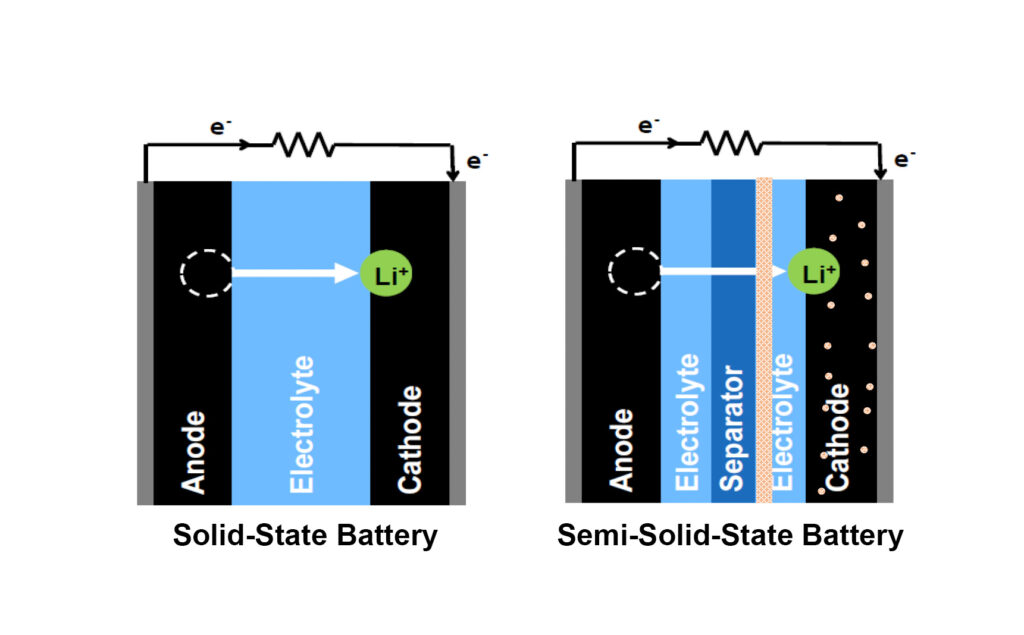
Dive Deeper:
Solid-state and semi solid-state batteries are both advanced battery technologies. They aim to improve upon traditional lithium-ion batteries. The main difference lies in the electrolyte they use:
| Feature | Solid-State Batteries | Semi Solid-State Batteries |
|---|---|---|
| Electrolyte | Uses a completely solid electrolyte. This material can be ceramic, glass, or a solid polymer. This removes the flammable liquid electrolyte found in lithium-ion batteries, improving safety and enabling higher energy density. | Uses a hybrid electrolyte. This is usually a solid electrolyte mixed with a small amount of liquid or gel electrolyte. This approach aims to combine the benefits of both solid and liquid electrolytes. |
| Energy Density & Safety | Theoretically offer higher energy density and improved safety compared to semi solid-state batteries. The absence of liquid electrolyte greatly reduces the risk of fire or explosion. | Offer improved safety and energy density compared to traditional lithium-ion batteries, but they are generally lower than fully solid-state batteries. The presence of some liquid electrolyte means they still have some, but less, flammability risk. |
| Manufacturing | Manufacturing is more challenging. Making sure that there is consistent contact between the solid electrolyte and the electrodes is difficult, and production costs are usually higher. | Manufacturing is easier and cheaper compared to fully solid-state batteries. The presence of some liquid electrolyte helps improve the ionic conductivity and contact between the electrolyte and electrodes. |
Semi solid-state batteries represent a middle ground. They offer better performance than today’s lithium-ion batteries while being easier to manufacture than solid-state batteries. I think that semi solid-state batteries are a very important transition technology.
How Long Will a Solid-State Battery Last?
Do solid-state batteries last longer? How long can they work?
Solid-state batteries are expected to last longer than traditional lithium-ion batteries. They have the potential for increased cycle life and better overall durability, possibly lasting for many years with proper use. Some prototypes can last for thousands of cycles!
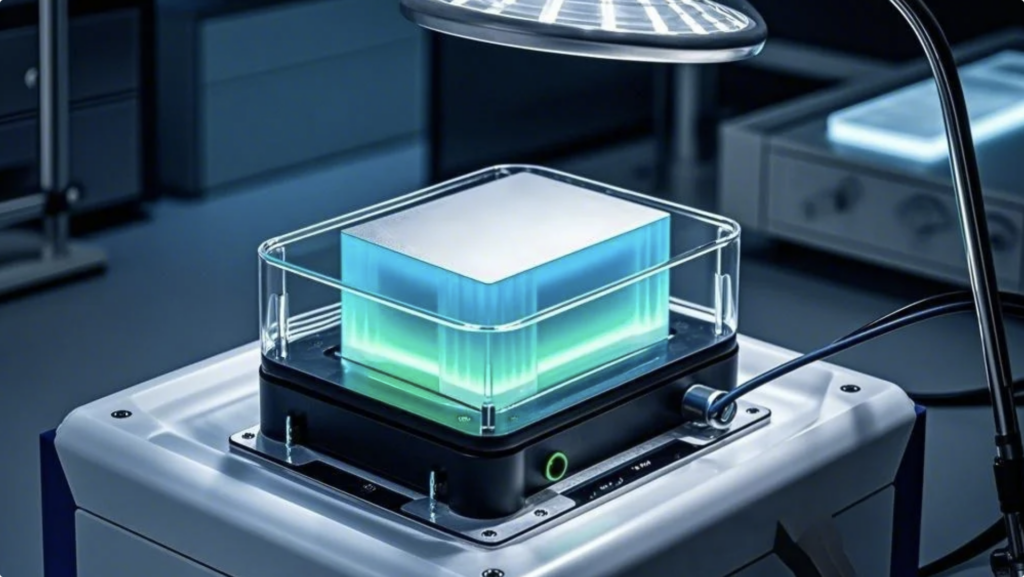
Dive Deeper:
The lifespan of a battery is measured by how many charge and discharge cycles it can handle before its performance drops below a certain level. Solid-state batteries have the potential to last longer for a few reasons:
| Reason | Explanation |
|---|---|
| Improved Stability | Solid electrolytes are more stable than liquid electrolytes. This reduces degradation and side reactions within the battery. The solid structure helps prevent the formation of dendrites (lithium metal growths that can cause short circuits and reduce battery life). |
| Higher Temperature Resistance | Solid-state batteries can operate at higher temperatures without degrading as quickly as lithium-ion batteries. This is because solid electrolytes are less likely to break down at high temperatures. This makes them suitable for use in demanding applications like electric vehicles, where batteries can heat up during fast charging or heavy use. |
| Reduced Corrosion | The solid electrolyte is less corrosive than liquid electrolytes, which means the battery components degrade more slowly. The lack of liquid electrolyte also means that there is less risk of leakage, which can damage the battery and surrounding devices. |
| Breakthroughs in Dendrite Mitigation | Recent advances, like the one from Harvard SEAS in January 2024, have directly addressed dendrite formation. Their solid-state battery can handle 6,000 charge/discharge cycles and recharge in just 10 minutes, showing great promise for long-lasting performance. |
Solid-state batteries are expected to last much longer than current batteries.
How Much Will Solid-State Batteries Cost?
Will solid-state batteries be cheap? When will they become affordable?
Currently, solid-state batteries are more expensive to produce than lithium-ion batteries. As technology improves and production scales up, the cost is expected to decrease. Experts believe they will become more affordable in the coming years, potentially becoming a game-changer for electric vehicles and other applications.

Dive Deeper:
Solid-state batteries are not yet widely available. They are more expensive than traditional lithium-ion batteries. This high cost is due to several factors:
| Factor | Explanation |
|---|---|
| Material Costs | The materials used in solid-state batteries, such as solid electrolytes, are currently more expensive than the materials used in lithium-ion batteries. This is because some solid electrolytes require rare or specialized materials, which are costly to source and process. |
| Manufacturing Complexity | The manufacturing processes for solid-state batteries are more complex than those for lithium-ion batteries. This requires specialized equipment and expertise, which adds to the production cost. Ensuring good contact between the solid electrolyte and the electrodes is difficult and requires precision manufacturing techniques. |
| Production Volume | Currently, solid-state batteries are produced in small quantities. As production volumes increase, the cost per unit will decrease due to economies of scale. Increased investment in research and development will also lead to cheaper production methods. |
| Scalability Challenges | Scaling up production to meet market demand is a major hurdle. The need for consistent contact between the solid electrolyte and electrodes adds to these difficulties, and specialized equipment further increases costs. |
While solid-state batteries are now expensive, costs will decrease over time. With more research, better materials, and larger production, solid-state batteries will become more affordable. I think that this will make them more accessible to consumers and businesses.
Conclusion
Solid-state batteries are a feasible and promising technology. They offer the possibility of safer, longer-lasting, and more powerful energy storage. They are expected to become commercial in the late 2020s, especially for electric vehicles.


